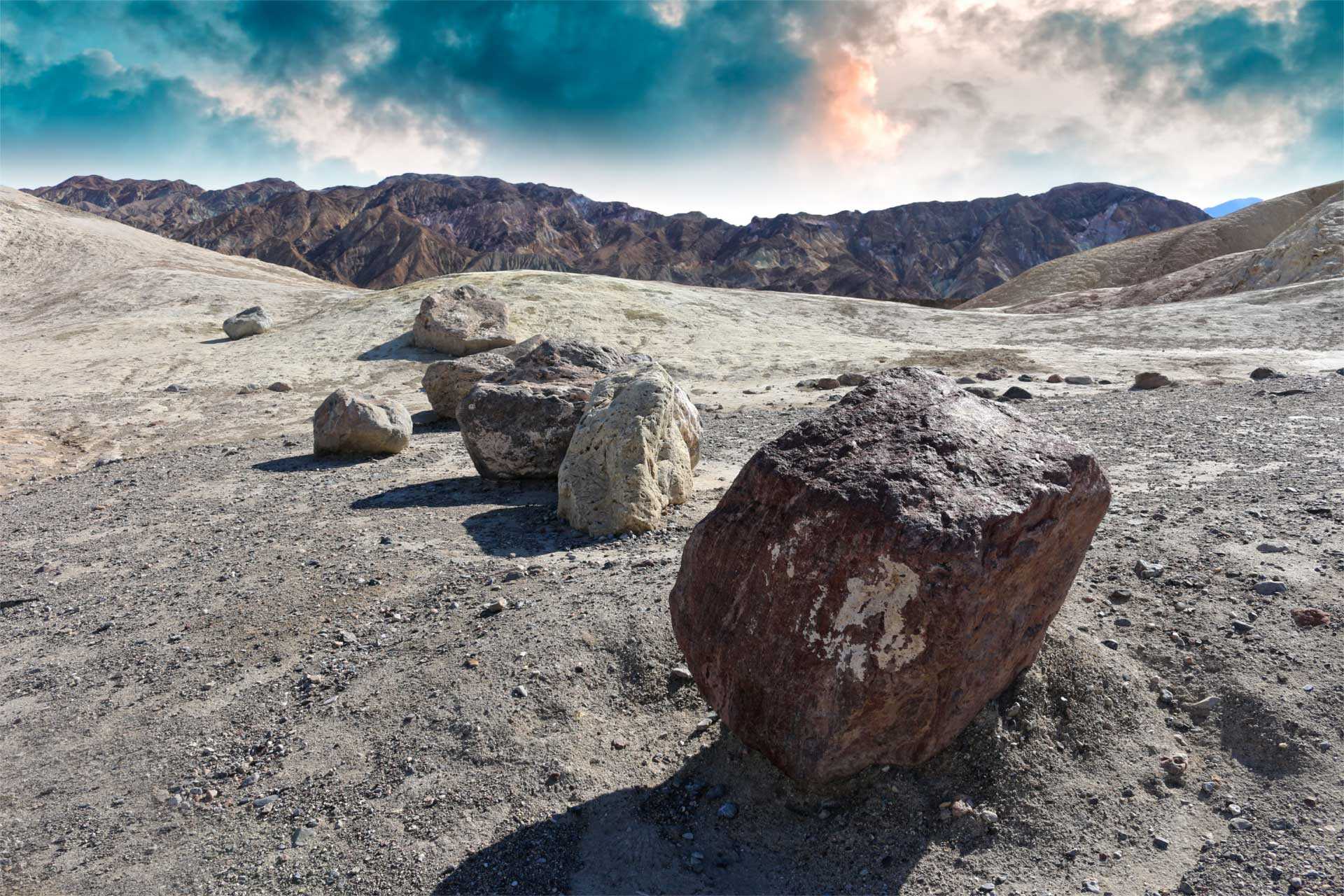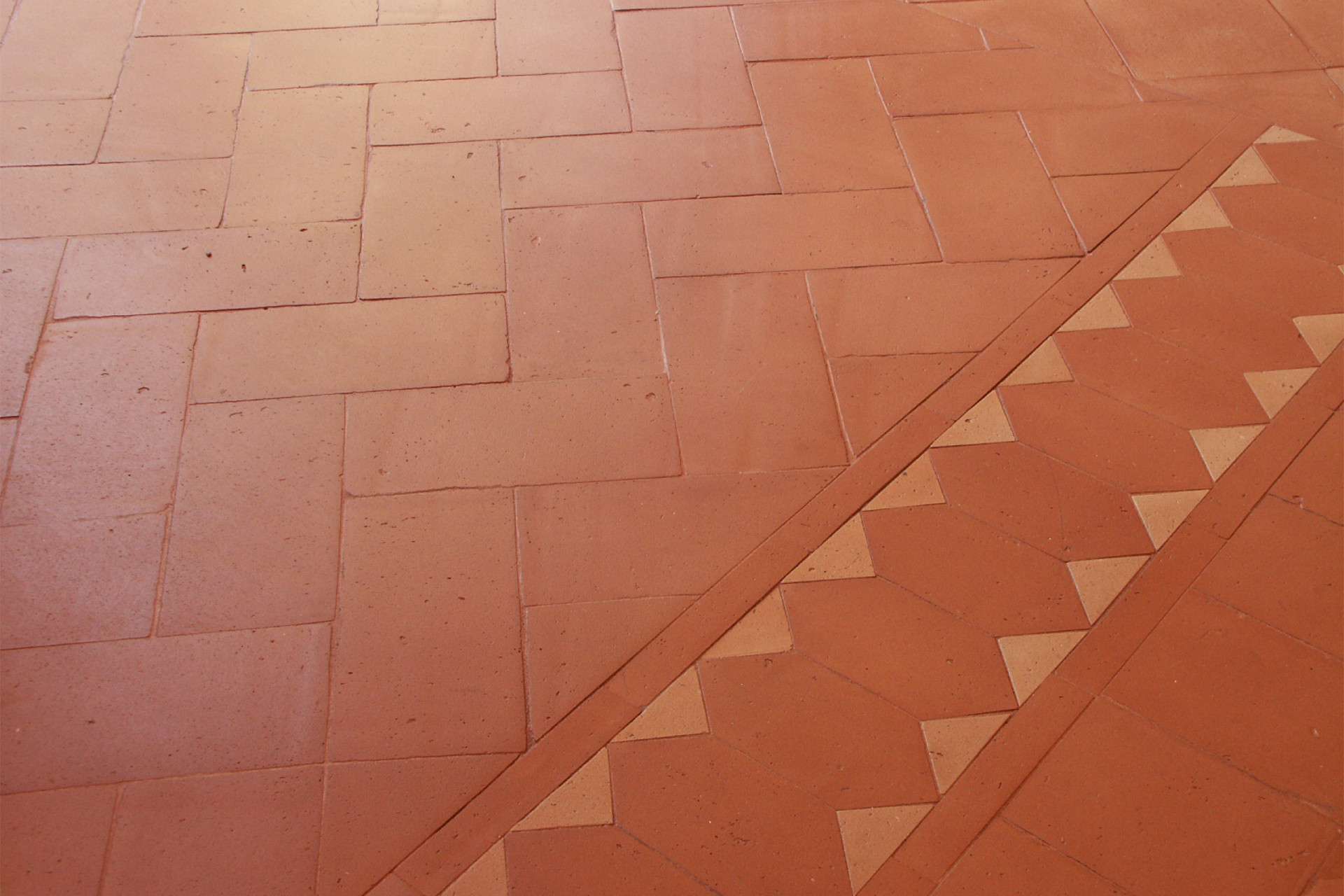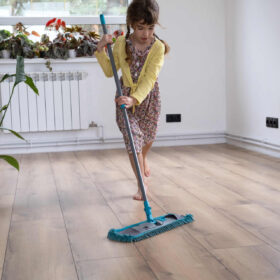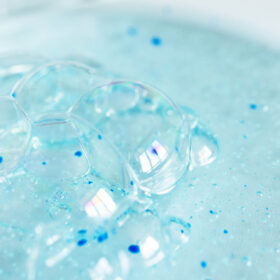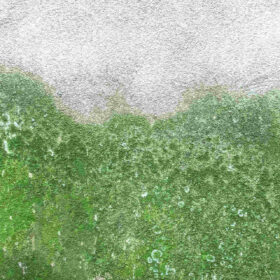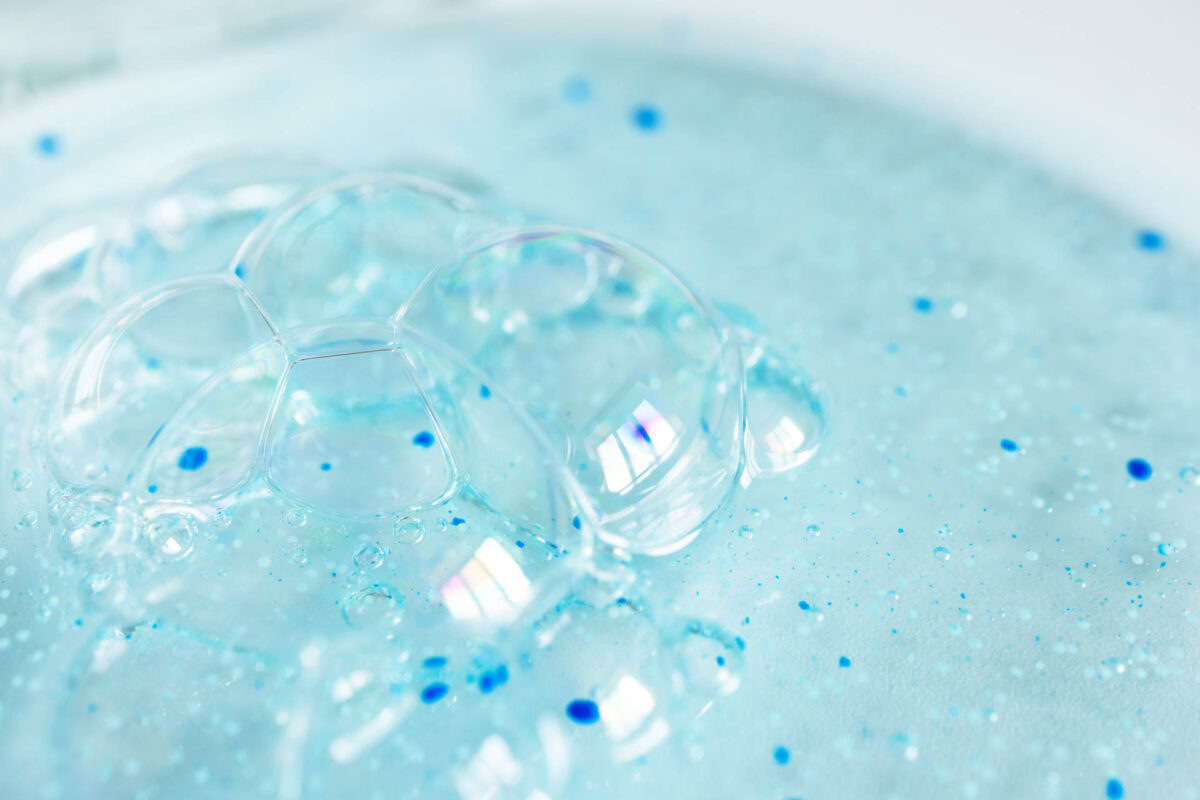Surfactants of plant origin and sustainability
Supermarket shelves are now invaded by ecological, biocompatible and sustainable products: the multiplication of "green" acronyms and labels is the answer to a increasingly conscious consumption, but it is also the effect of thousands of brands that strive to make their products appear eco-friendly.
In such a crowded context, being able to understand in a few moments whether it is a detergent is truly eco-friendly and sustainable can become complicated: in fact, there is not only the question of the chemical residues left in the environment by the most aggressive products, but we must also consider theorigin of natural products, which can come from intensive cultivation that is extremely harmful to the environment and biodiversity.
Surfactants: what they are and why it is important to know them
I surfactants they are among the fundamental ingredients of soaps and detergents: their function is to lower the surface tension of water, increasing the wettability of the surfaces to be cleaned and ensuring that the removed dirt remains in suspension, avoiding the risk of it depositing again on the surfaces.
Without surfactants, the operations of cleaning and cleaning of floors, dishes and fabrics would be much more complicated, especially in the presence of oil-based stains. Water alone, in fact, is unable to bind to the fat particles to remove them: as can be seen clearly by mixing water and oil in a glass, the two substances tend to remain well separated, each within the boundaries dictated by its own surface tension.
The fundamental property of surfactants is precisely that of change the surface tension of water, allowing the washing solution to wet the surfaces better and drag away the dirt. Together with the dirt, however, washing takes with it the surfactant residues, which in many cases are not biodegradable and end up polluting the waters of seas and waterways, contributing to a form of pollution which can very easily enter the food chain. It is no coincidence that a surfactant is considered ecological only if it degrades easily both in the presence of oxygen and in environments that do not have it (such as muddy river bottoms).
Surfactants: risks for the environment and health
Most of the surfactants authorized on the European market are biodegradable only in the presence of oxygen, i.e. in water, but it seriously endangers the life forms that populate the bottom of the sea and waterways.
In addition to being incompatible with the environment, some surfactants are also quite aggressive to provoke redness, irritation and dermatitis or cause the development of allergies. Some surfactants can in fact attack the acid mantle, that is, the aqueous part of the hydrolipidic film that covers and protects our skin. This, especially if we are talking about cosmetic products and soaps for personal hygiene, can easily result in dryness, redness and burning of the skin and mucous membranes.
On the other hand, not all surfactants are aggressive: among the chemical ones, the most dangerous surfactants for health are the anionic ones, i.e. with a negative charge, which have a high cleaning power and are very foaming (an example is the Sodium Lauryl Sulfate, widely used in household detergents but very aggressive towards the skin and the environment). However, there are more delicate surfactants, starting with those of vegetable origin.
Are plant-based surfactants sustainable?
Surfactants are not necessarily chemical products obtained from the synthesis of long chains of acids and salts derived from petroleum: there are some natural substances which have the same characteristics as surfactant agents, and which can be used with excellent results for the production of soaps, cosmetics and household cleaners.
Among the most used are surfactants deriving from coconut, from cup sugar, from olive oil, wheat and palm oil, which thanks to its chemical characteristics is one of the most appreciated ingredients for the production of effective and very delicate detergents on the skin, as well as completely biodegradable.
THEPalm oil is a perfect example of how the uncontrolled use of a natural substance can turn into a bigger problem than it was intended to solve: the destruction of rainforests, peat bogs and entire habitats of species at risk of extinction, such as orangutans, are a price too high to pay for more delicate and less polluting cosmetics and detergents.
Therefore, producers who are truly attentive to the environment cannot limit themselves to using natural ingredients, but to some extent must guarantee the consumer that these substances come from sustainable agriculture at an environmental and social level. This is why, in 2004, the RSPO (Roundtable on Sustainable Palm Oil), a non-profit agricultural organization that promotes the growth of sustainable palm oil products through global standards and a certification that is awarded only to products that meet sustainability requirements.
Vegetable and sustainable surfactants: a conscious choice
That of using surfactants of plant origin and sustainable it is the conscious choice of those who know chemistry well: this is why in the products of New Chemical Prevention they are used vegetable surfactants with RSPO and ECOCERT certification, i.e. palm oil derivatives from sustainable agriculture.
As is evident from the case of palm oil, a truly sustainable approach can only go through the differentiation of raw materials. There are dozens of oils that allow you to obtain delicate formulations but with an effective sanitizing action, e.g not only in the cosmetics sector.
Vegetable surfactants are also an excellent resource for cleaning the house: an example is Oil & Clean, concentrated detergent for cleaning and nourishing wooden furniture and floors based on natural surfactants and oils of vegetable origin RSPO and ECOCERT certified.
The vegetable surfactants used in New Chemical products are not only natural and biodegradable, but come from sustainable and certified agriculture. They are found in Soap No.77, sanitizing detergent for painted wood and wood Soap Oil & Wax, which is instead designed for oiled wood.
Plant-based surfactants can also do their part when it comes to sanitizing modern floors such as vinyl ones in PVC or LVT, widely used in gyms, on trains and in prefabricated buildings: thanks to delicate formulation of Soap Vinyl, even new generation materials can be treated and sanitized without having to resort to aggressive and polluting chemicals.



